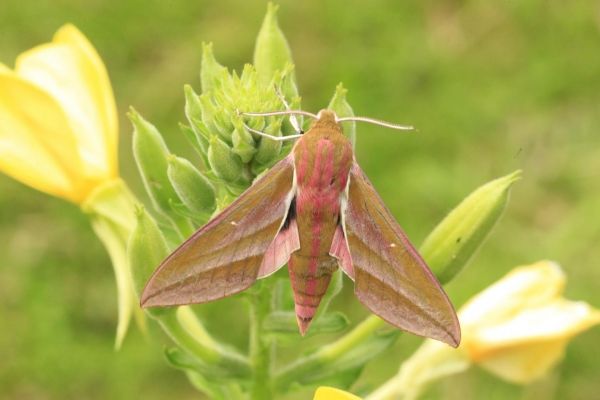Changes in the colour and intensity of light pollution over the past few decades result in complex and unpredictable effects on animal vision, new research shows.
Insect attraction to light is a well-known phenomenon, but artificial lighting can also have more subtle consequences for species that rely on night-time vision for their behaviour.
To explore these effects, University of Exeter researchers examined the impact of more than 20 kinds of lighting on the vision of moths, and birds that eat them.
The study found that elephant hawkmoth vision was enhanced by some types of lighting and disrupted by others, while the vision of birds that hunt moths was improved by almost any lighting.
Read more at University of Exeter
Image: Elephant hawkmoth (Credit: Emmanuelle Briolat)


